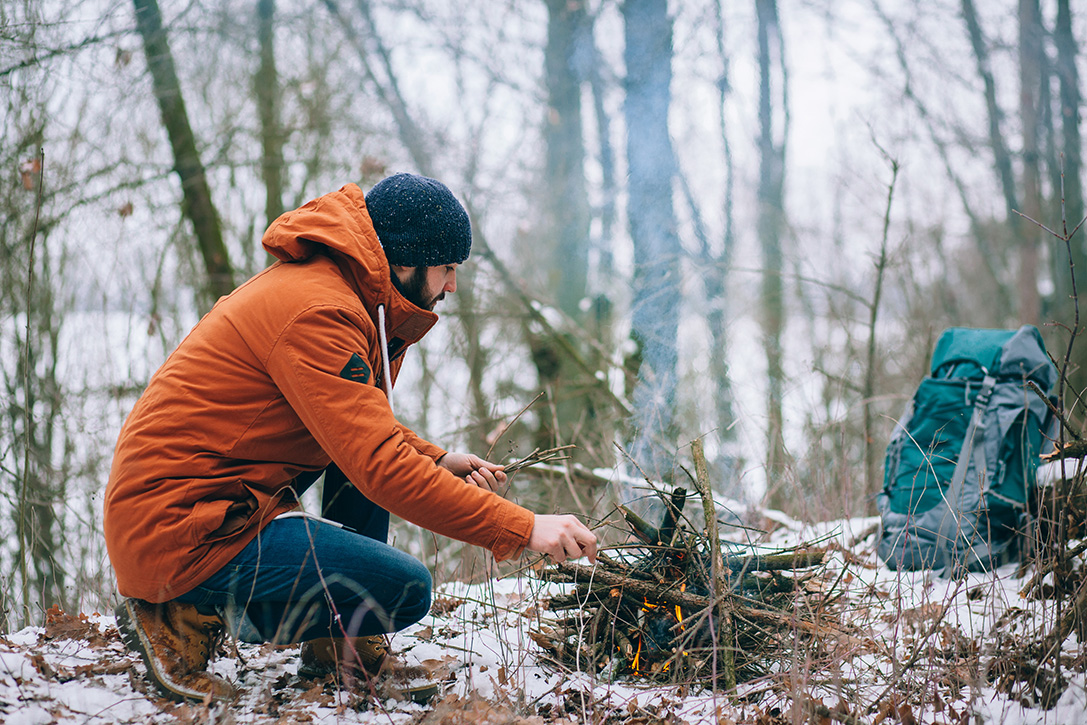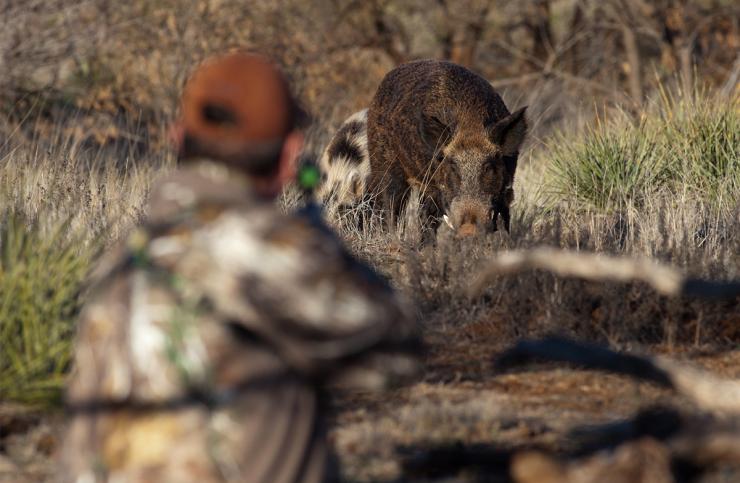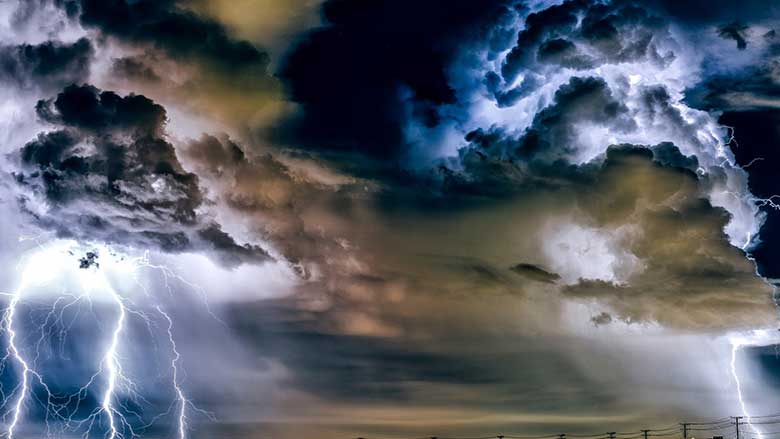
Even if you're on a deserted island, you can still survive by obtaining basic supplies. You can even use basic first aid if necessary. Any injuries, even minor ones, can have a serious impact on your chances for survival. Try to keep any injuries together with a bandage. Also, keep the wound elevated above your heart and quiet. Keep warm and comfortable.
Fish
Fish is the most popular food source on an island that's deserted. It's an excellent source of energy as well as carbohydrates. You can cook it up to make a tasty treat. There are many other options to survive on a deserted islands, such as seaweed or coconut cakes. They are rich in carbohydrates and great when roasted. You can also eat most of the seaweed found in tidepools. Just be sure to remember to take extra precautions when eating fish because they can be poisonous.

Seaweed
Seaweed is an excellent food source. It can be either eaten raw or cooked. Seaweed is typically found where rocks and water meet. It can be dried and stored for months, making it a great backup food source if bad weather strikes. It can also be used to season, add nutritional value, and for other utility purposes.
Crabs
There are many interesting reasons why crabs can survive on a deserted, tropical island. For one, they can survive in a wide variety of habitats, including rocky outcroppings. Another is that they are highly adaptable, meaning they can survive without the benefit of a constant supply of food. Crabs also make interesting noises as they move. Crabs are able to move with their ungainly shells attached to their backs. This allows them to make sounds while they crawl through the trees and brush. They also croak when they are mating. They will be frightened by any predators with their loud and buzzing sound.
Seaweed as a source for liquids
Seaweed has a number of uses in survival situations. Seaweed is an excellent source of water, and can be dried to preserve food for several months. It is an excellent source of protein and vitamins that can be used to combat malnutrition. To this end, the Indian government has promised $87 million to encourage seaweed farming in the country over the next five years.
Building a shelter
To build shelter on an abandoned island, there are several steps that you can take. First, you need to look for floating items or materials you can use for your shelter. Different materials can provide different protection. This will ensure you are protected against both the rain and the sun.

Use of debris as a tool
To survive, you can use the trash you find on an island. Even the simplest items can turn into powerful tools. The best way to unleash your creativity is to make common objects into shelter or food. It is possible to transform any object into a useful tool.
FAQ
What can you do when faced with a survival situation
It is not easy to think of what to say next. So you need to make sure you are prepared for anything. Be prepared to deal with any unexpected problem.
It is important to be flexible and willing to learn if you find yourself in an unfamiliar situation.
In a survival situation, there are likely to be problems like:
-
Finding yourself in remote places
-
Getting lost
-
Limited food supplies
-
Running out of water
-
Facing hostile people
-
Facing wild animal
-
Finding shelter
-
Predators can be defeated
-
Making fire
-
Using tools
-
Building shelters
-
Hunting
-
* Fishing
Why is knot-tying so important for survival?
Everywhere you look, people use knots to connect items like fishing lines, ropes, ladders, and so on. They also have many other uses, including tying bags shut, securing objects to trees, and creating makeshift shelters. You can save your life by knowing how to tie knots to trees or ropes, or to secure shelters.
What should you do immediately in a crisis situation?
In an emergency situation, you must assess the situation first. You need to know what is happening around you, where you are and how you got there.
Also, you need to be aware of what your environment can offer. For instance, you might not be in a position to communicate with anyone if you are far from civilization.
If you don't know anything at all, then you need to start by learning as much as you can as fast as possible.
If you are in imminent danger, you should seek help right away. You can take your time and gather information if you feel safe.
Statistics
- Not only does it kill up to 99.9% of all waterborne bacteria and parasites, but it will filter up to 1,000 liters of water without the use of chemicals. (hiconsumption.com)
- We know you're not always going to be 100% prepared for the situations that befall you, but you can still try and do your best to mitigate the worst circumstances by preparing for a number of contingencies. (hiconsumption.com)
- In November of 1755, an earthquake with an estimated magnitude of 6.0 and a maximum intensity of VIII occurred about 50 miles northeast of Boston, Massachusetts. (usgs.gov)
- Without one, your head and neck can radiate up to 40 percent of your body heat. (dec.ny.gov)
External Links
How To
How to find edible plants and animals during emergencies
In an emergency situation, edible plants and animal food are essential. These plants and animals should be part of your survival kit as they can provide you with nutrients and energy without the need for normal food. You can use them to make cosmetics, medicines, and other items.
Knowing where they grow is essential. Also, you need to know what conditions they prefer, such as climate, soil type and weather. This knowledge will allow for you to quickly identify the plants. But it is difficult to learn all about every species of animal or plant at once. Fortunately, there are general rules that can be applied to most animals and plants.
For example, if you see a plant or animal growing near water, you can assume it likes moist soil. If leaves have shiny surfaces it is likely that they have been recently watered. If you see ants around a plant, you can assume that the plant provides nectar for pollinators. These simple observations can save you valuable time in finding useful plants and animals during emergencies.
If you want to learn more about edible plants and animals, you can read books written by experts specializing in botany or zoology. You can also see documentaries and talk with people who live in rural communities. It's easy to learn about animals and plants by following the steps below.
-
Seek out plants and animals that can be found near water.
-
Observe the growth habits of plants and animals.
-
Learn more about the natural habitats for animals and plants. For instance, you might search for areas that have a specific soil type, climate or vegetation.
-
Identify which parts of animals and plants you can eat.
-
Learn how to cook and prepare animals and plants.
-
Try to eat wild animals and plants so you are familiar with their taste.
-
Wild animals and plants should be kept in check. Avoid picking endangered species.
-
All wild animals and plants should be properly stored. These plants and animals should be kept cool, dry, and out of direct sunlight.
-
After handling wild animals and plants, be sure to wash your hands.
-
Wash fruits and vegetables before consuming them.
-
If you aren't sure, don't eat raw meat or fish.